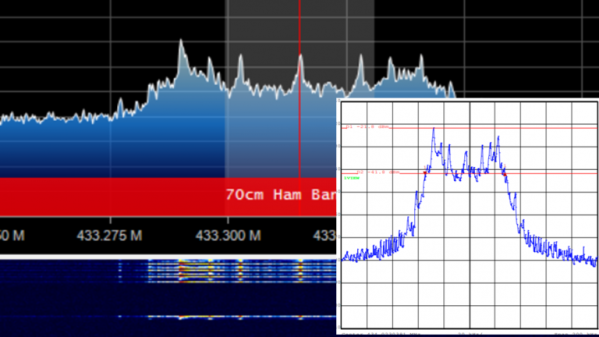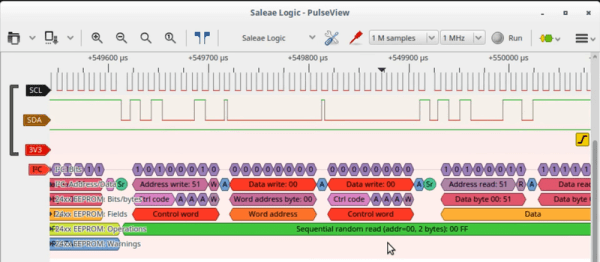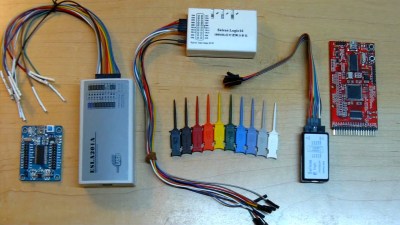All you want is a decent night’s sleep, so you decide to invest in one of those fancy adjustable beds. At first, it’s fine — being able to adjust the mattress to your needs on the fly is a joy, and yet…something isn’t quite right. Something nags at you every night, thwarting your slumber and turning your dreams of peaceful sleep into a nightmare once you realize your bed has locked you into a vertically integrated software ecosystem from which there’s no escape.
Or is there? That’s what [Chris Laplante] wanted to know, and why he reverse-engineered his Tempur-Pedic remote control. As many products these days do, his bed was touted as having an Android application for smartphone adjustability, but alas, the app hasn’t been updated since 2014 (!) and doesn’t appear to work on modern phones. [Chris] decided to take matters into his own hands and build a gateway to talk to the bed using its native RF protocol.
Most good reverse engineering stories start with research, and this one is no exception. Digging into the FCC database revealed a wealth of clues, such as the frequency — 433-MHz ISM band, no surprise — and even spectrum analyzer screenshots of the remote’s signals. A HackRF One revealed more about the signals, but it turned out that sniffing in on the SPI bus between the microcontroller and the Si4431 RF transceiver with a Salae logic analyzer was more fruitful, allowing him to dig into the packet structure.
The engineers at Tempur-Pedic threw quite a few challenges at [Chris], like an application-level CRC in addition to the CRC used by the Si4431, and interesting complications to control the massage features of the bed. In the end, [Chris] managed to get a pretty complete snapshot of the conversation between the bed and the remote, and is now in the process of building a gateway that’ll actually connect to his phone, plus integrate into his home automation system. We’re looking forward to updates on that.














